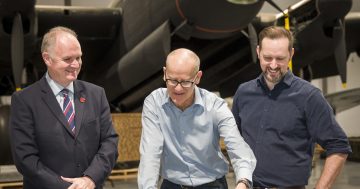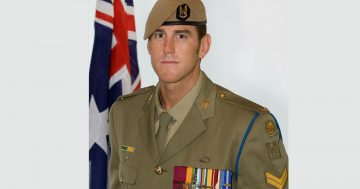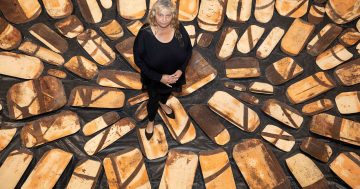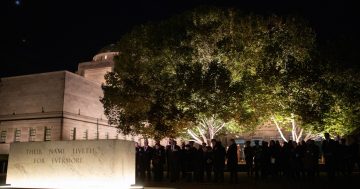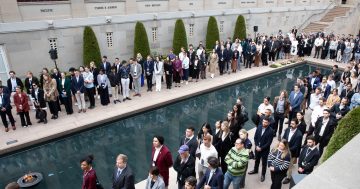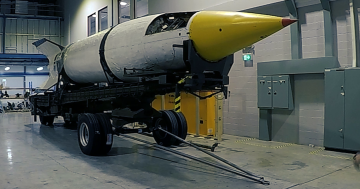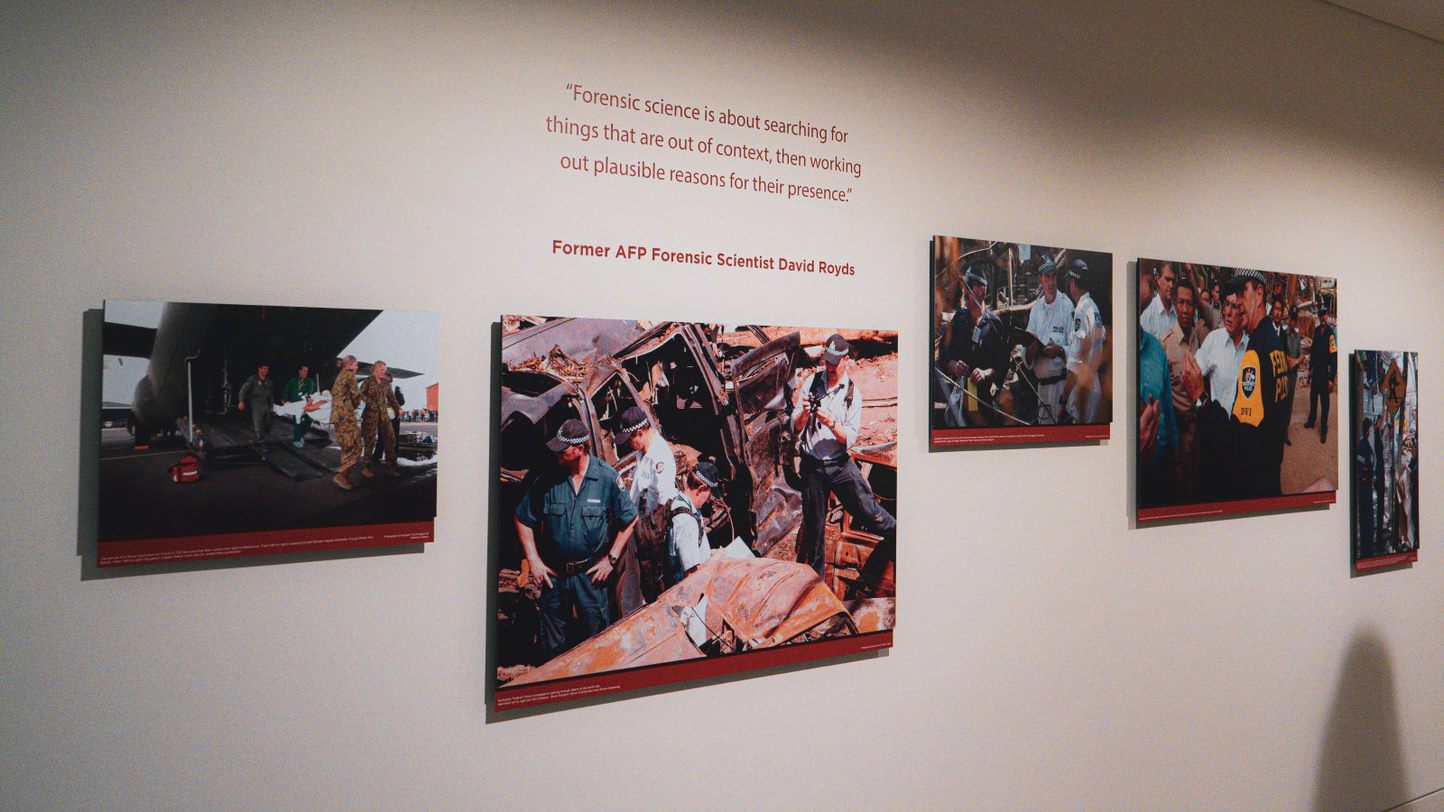
A display at the Australian War Memorial features images of the aftermath of the Bali bombings. Photo: Patrick Jackson.
The October 2002 Bali bombings killed 202 people, 88 of whom were Australian. As we remember the atrocity 20 years on, a new photographic display at the Australian War Memorial (AWM) details the Australian response to the attack.
The display features images of the aftermath of the bombings taken by AFP members, and is co-curated by the Australian Federal Police Museum.
In the wake of the bombings, various government agencies mobilised to evacuate Australians and seek justice for victims.
The AFP team that was established in Bali hours after the attacks was a diverse group of disaster victim identification staff, intelligence officers, forensic investigators and others. The expert teams collectively played a key role in investigation breakthroughs that led to the arrest of some perpetrators.
While assisting the Indonesian police investigation, AFP members also interviewed 7000 Australians about their experiences in Bali.
The RAAF’s efforts to evacuate injured people out of Indonesia was the largest Australian aeromedical evacuation since the Vietnam War.
The exhibit’s 25 images are presented in a chronological timeline around three key themes: ‘The Bombings’, ‘The AFP Response’, and ‘Justice and Remembering’.
“The photographic selection was developed by the AFP Museum in consultation with the AWM,” head of exhibitions Lea Barnett said.
Some of the images include a photograph of then-prime minister John Howard at the site of the attack. An image taken inside Paddy’s Bar also shows where AFP investigators sourced pieces of tartan fabric and other matter that made up the explosive vest used in the first detonation.
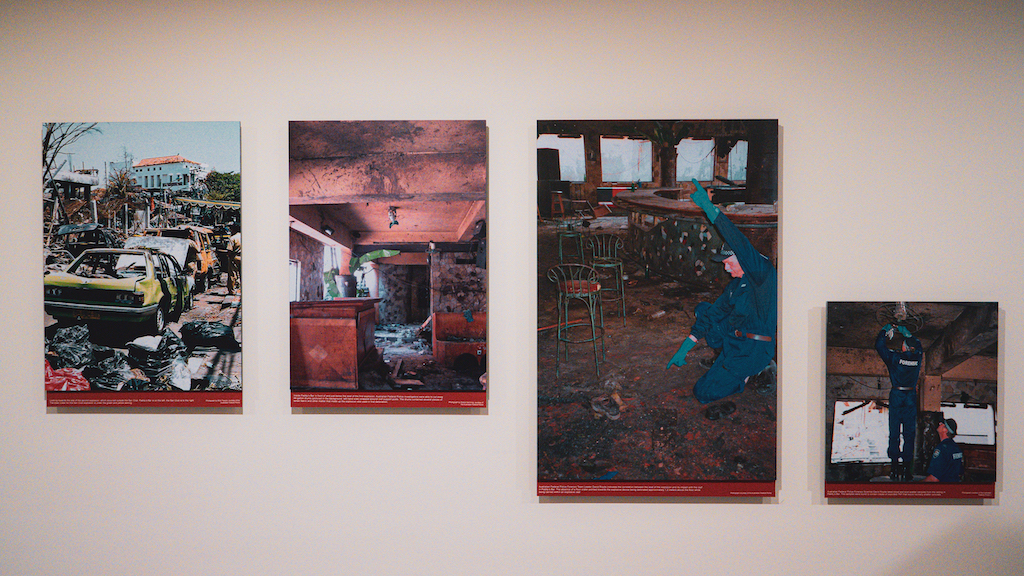
Photo: Patrick Jackson.
The display is dedicated to the victims of the 2002 bombings and the government agencies who assisted in the immediate aftermath.
“While the exhibition has only just opened to the public, initial viewings by the staff, volunteers and special guests of the memorial have been powerfully moving,” Ms Barnett said. “Visitors have connected especially with the innocence of the victims out on a social evening in a destination admired by many.
“The exhibit hopefully will act as both an educative piece for viewers who may not have been born when the events occurred and additionally highlight the important work of the AFP and the Royal Australian Air Force.”
The 20th anniversary is reflected upon by a member of the AFP Victim Identification Team on a wall of the exhibit.
“The anniversary will always be a time to reflect on those we lost whilst remembering the generosity, care and courage from survivors, responders and loved ones,” Detective Sergeant Nicolle Haigh said.
The display will be available for visitors to see with a free ticket to the AWM until 20 November.












